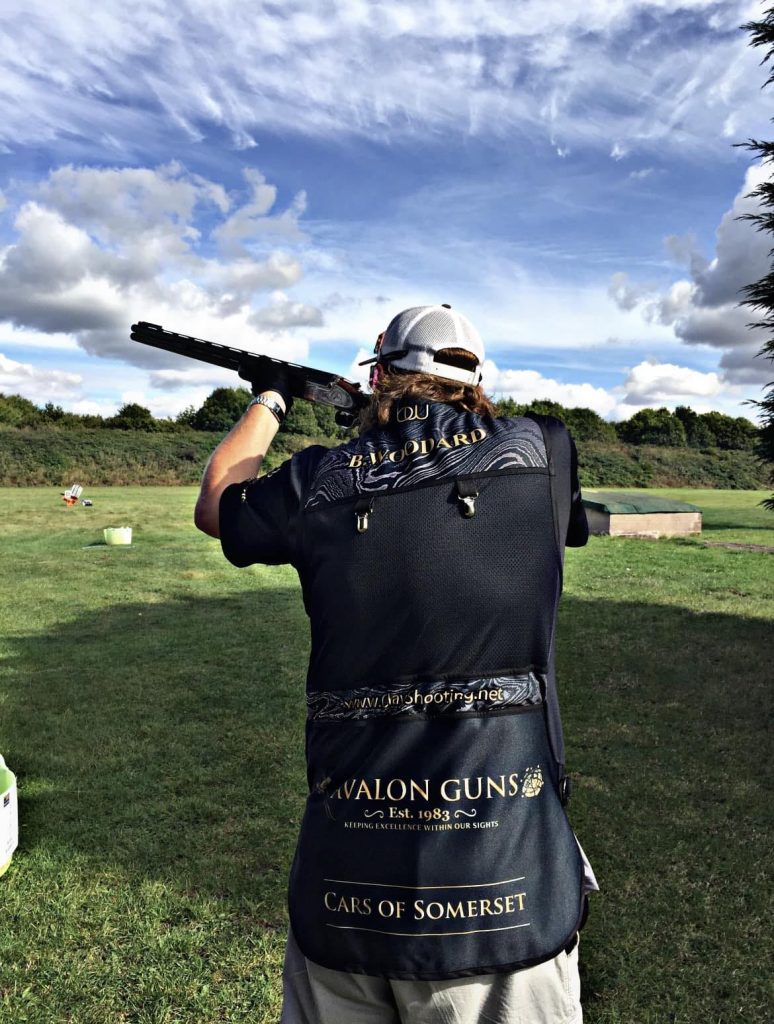As a rule of thumb, short, frequent sessions are better than long, infrequent ones. However, the key isn’t the amount of time you spend at the clay ground, but how you use that time. Remain focussed and make each and every shot/clay count.
The length of your session will once again depend on what you want to achieve. If you want to work on three different targets, you will need a minimum of an hour (you should do at least two separate sessions on each target). If you have less than an hour, focus on one or two clays and no more. However, if you stay on one clay for a whole hour, you will get bored, so spend 15 minutes on a target, take a break, do something completely different for 10 minutes, and then come back to it. And make sure you end up/finish off on a positive note; at the end of your session, you should be confident that you have mastered that particular shot or at the very least made considerable progress.
In terms of the number of clays per session, I would suggest a rate of 25 clays per 15-minute session is a good, steady pace (100 per hour) for an intermediate shot. For those more experienced, 125+ per hour is pretty reasonable. What is key is that you are using those clays to put solid building blocks in place.
Also you should try to practise your gun mount, swing and technique at home, using a pair of snap caps. I can’t stress enough how important and beneficial this can be as it helps you to build muscle memory.
Keep your sessions relevant.


